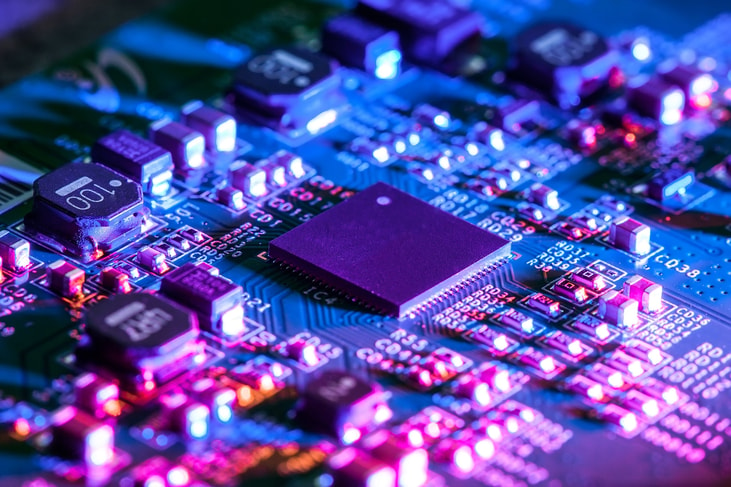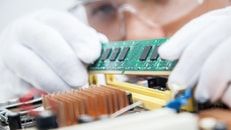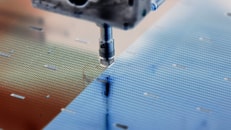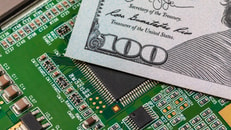Expanding use of hydrogen in the electronics industry
Hydrogen (H2) is used extensively for electronics manufacturing in the semiconductor, display, LED, and photovoltaic application segments. This most simple of molecules exhibits unique properties: it has excellent heat transfer capabilities and is an efficient reducing and etching agent.
The four main ways hydrogen is used are:
- Annealing: Silicon wafers are heated to temperatures over 1,000 C in order to repair, or anneal, the crystal structure. Hydrogen transfers the heat uniformly to the wafer, assists the reconstruction of the crystal structure in the final surface layers, and reacts to remove any oxide.
- Epitaxy: Hydrogen is used as a reducing agent in many chemical reactions, especially when new crystalline films are being deposited, which is called epitaxy.
- Deposition: Hydrogen can also be directly incorporated into thin films to make them less crystalline. This is often done with silicon thin films to make the layer more electrically insulating.
- Stabilizing: The addition of hydrogen also extends the shelf life of important electronic chemicals like diborane (B2H6) and digermane (Ge2H6), which otherwise slowly decompose.
Hydrogen is an extremely flammable material that burns with a colorless flame and forms explosive mixtures with air over a wide range of concentrations. Strict regulations regarding transport and storages apply, but vary according to country or region.
... to continue reading you must be subscribed























